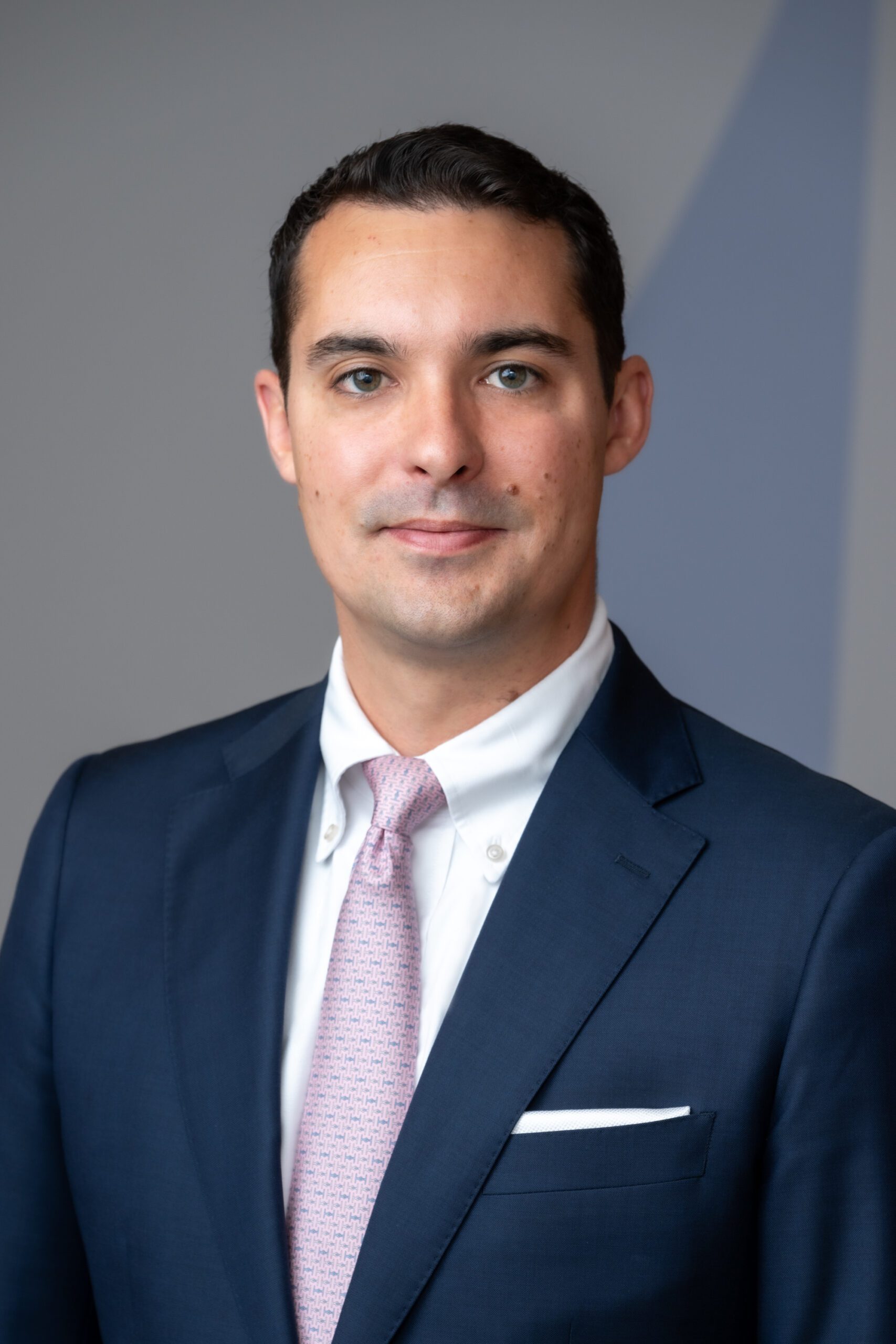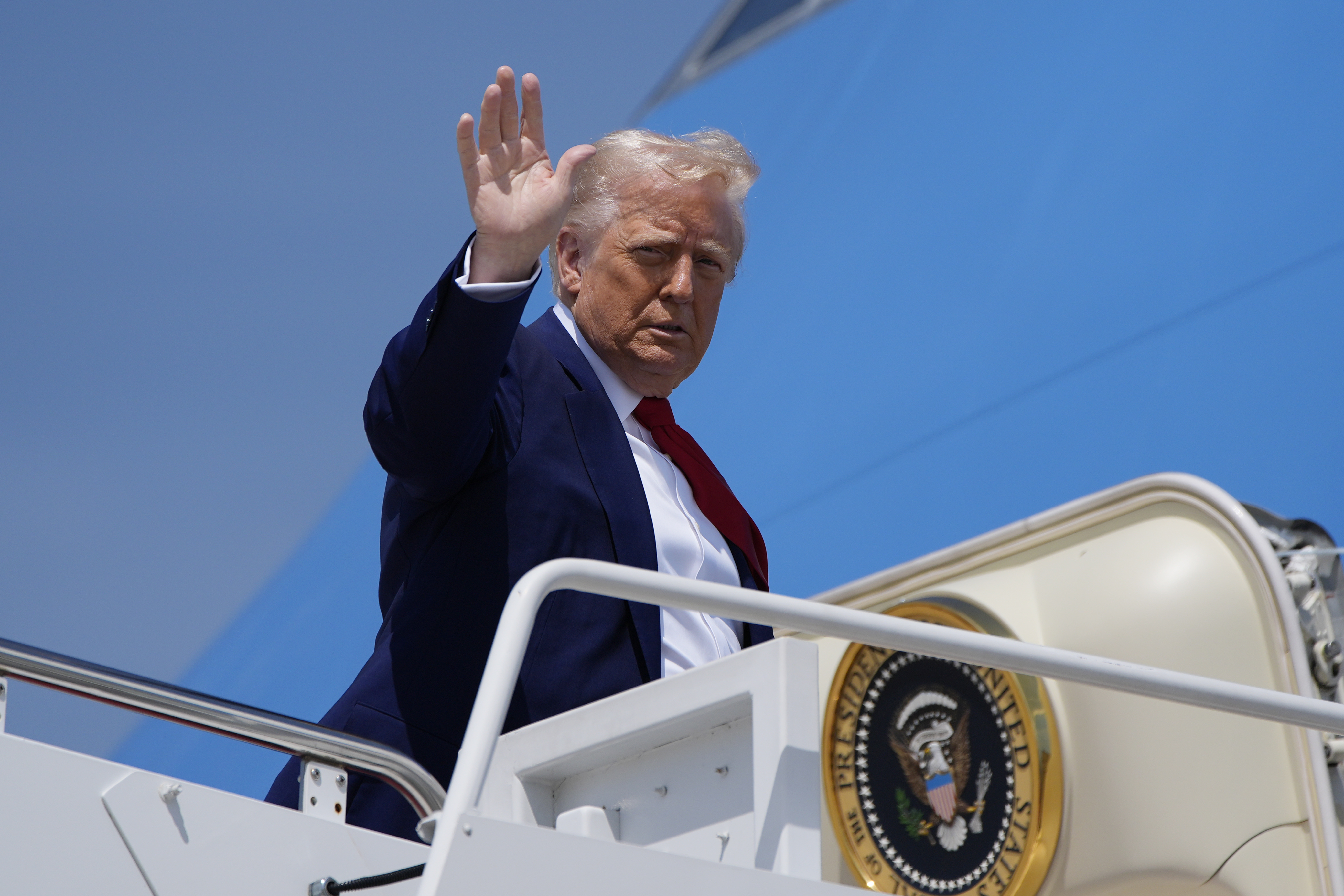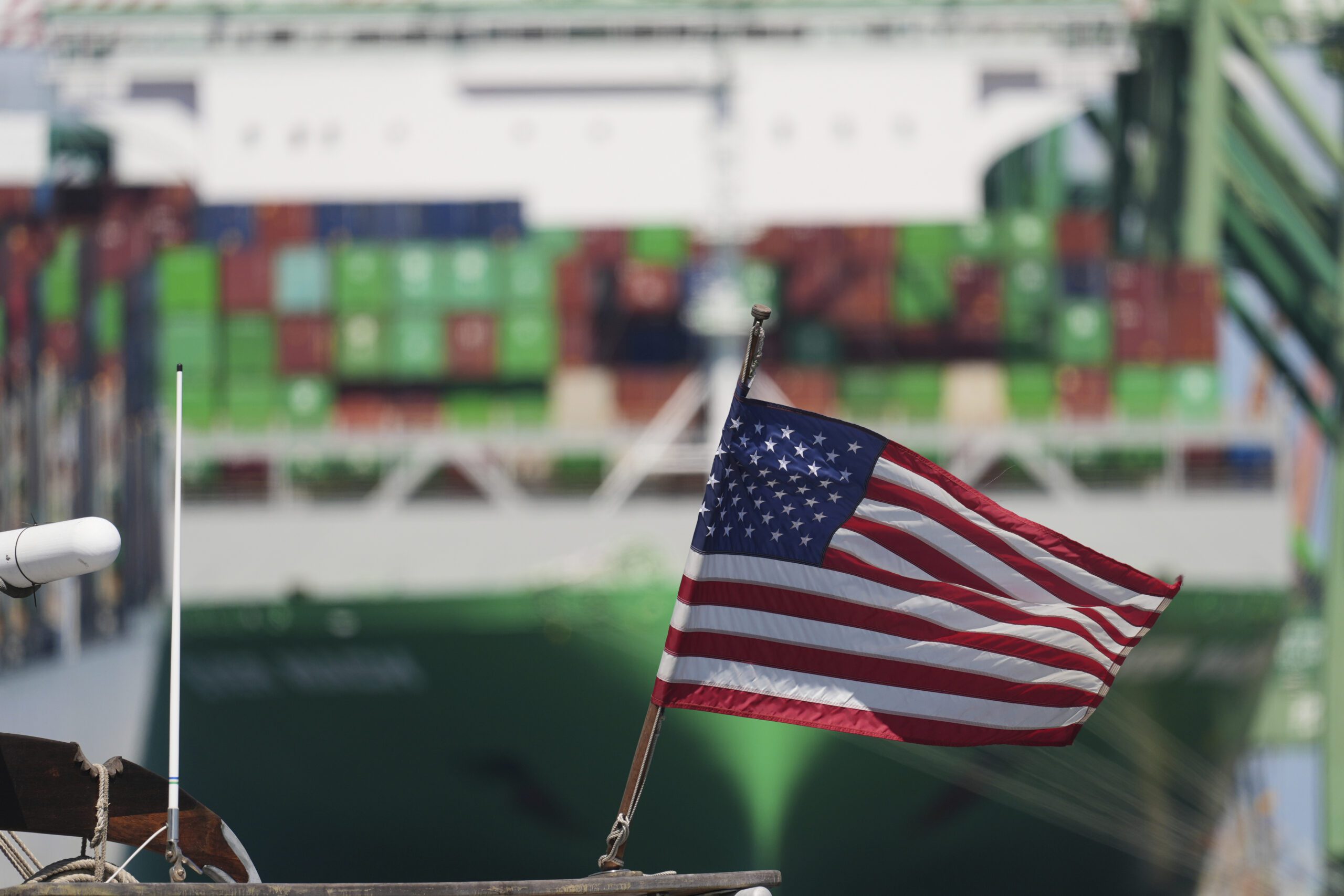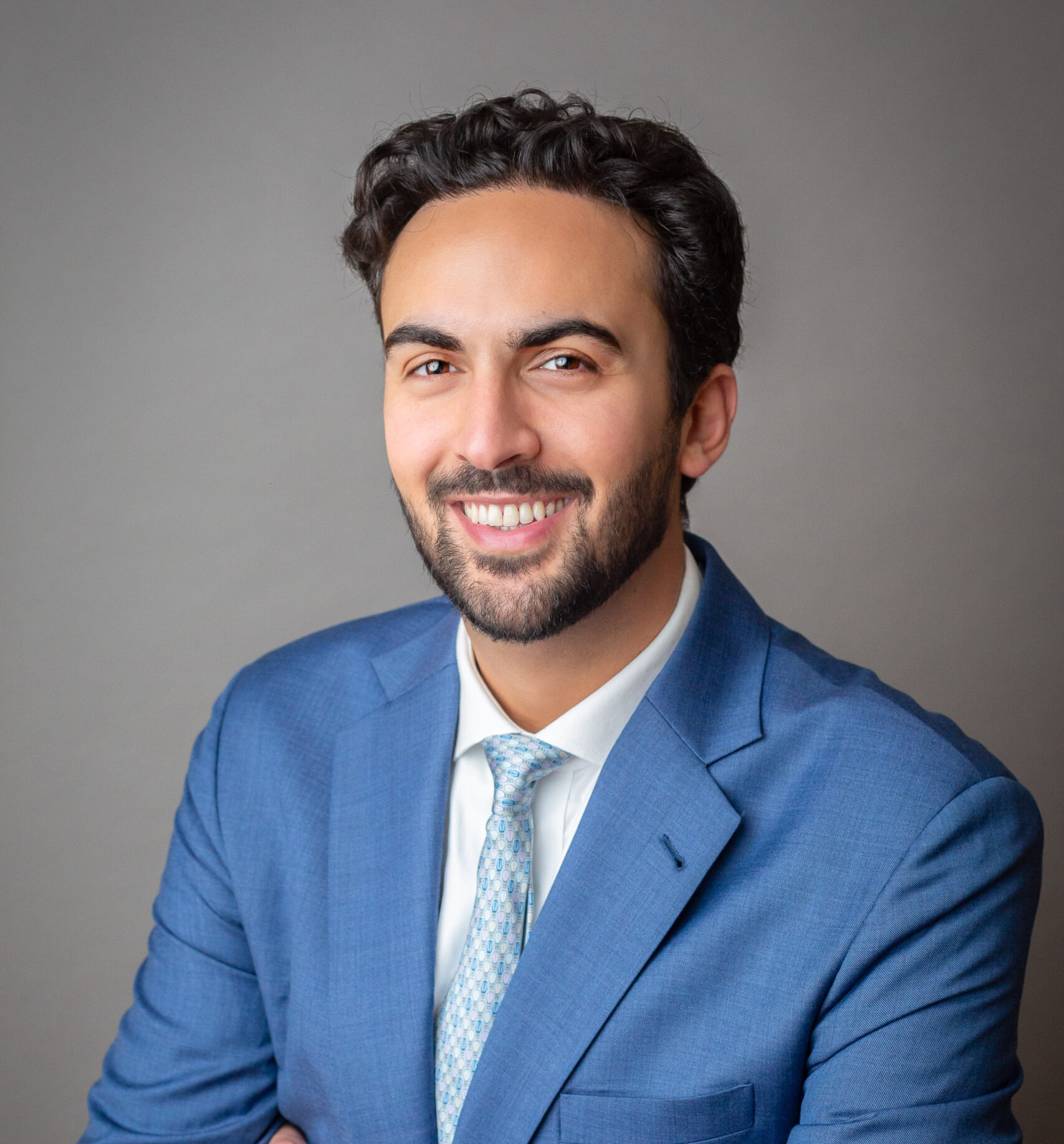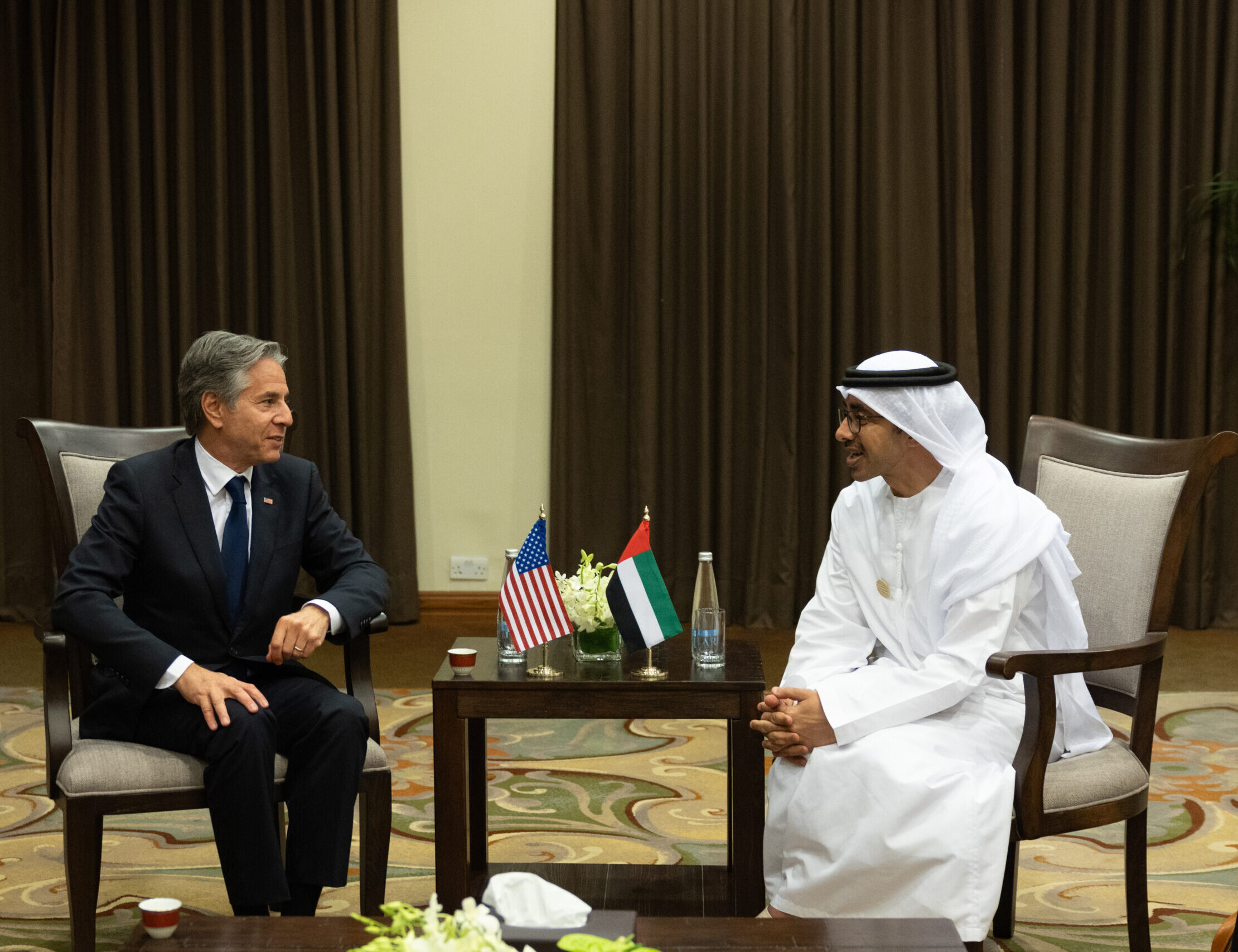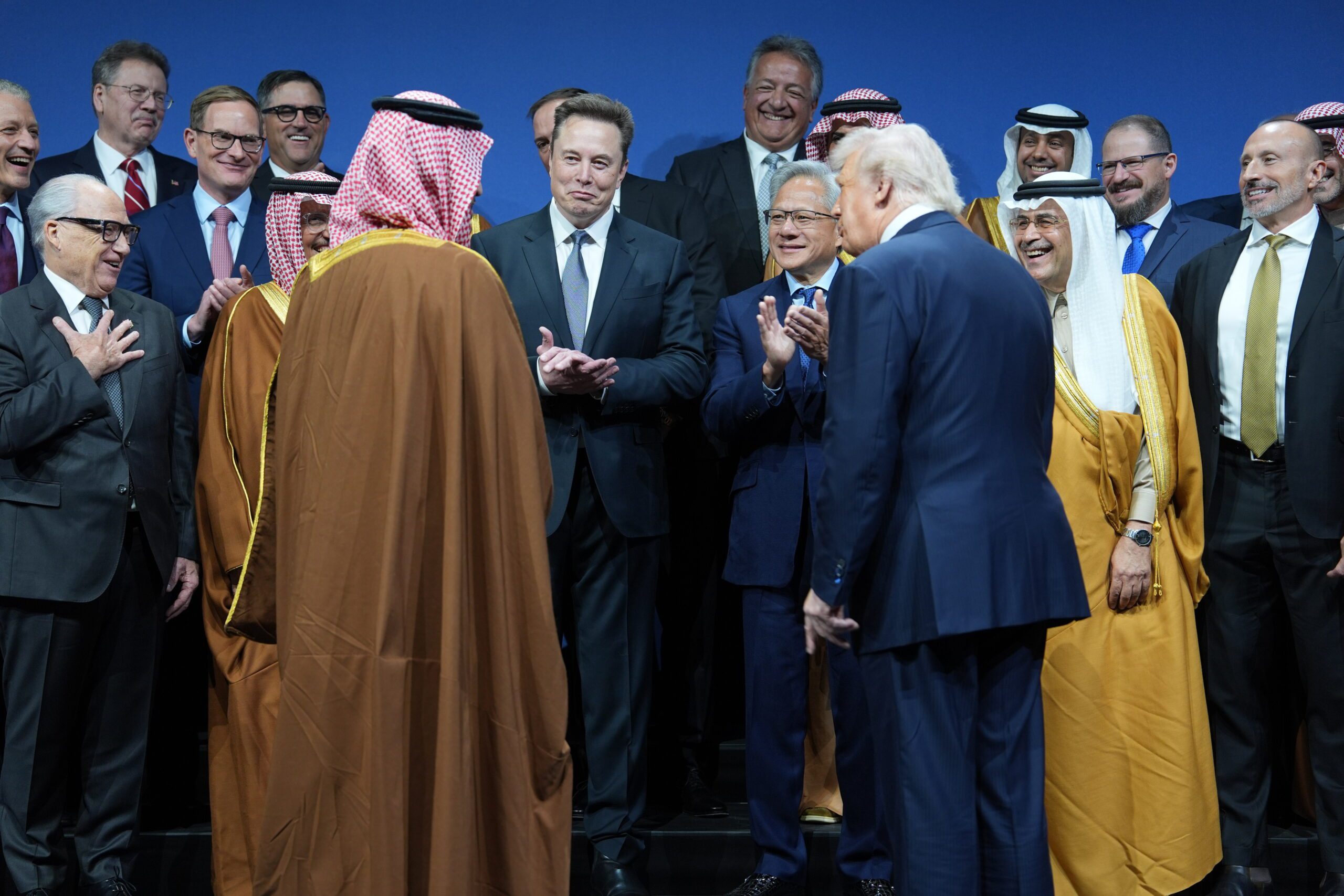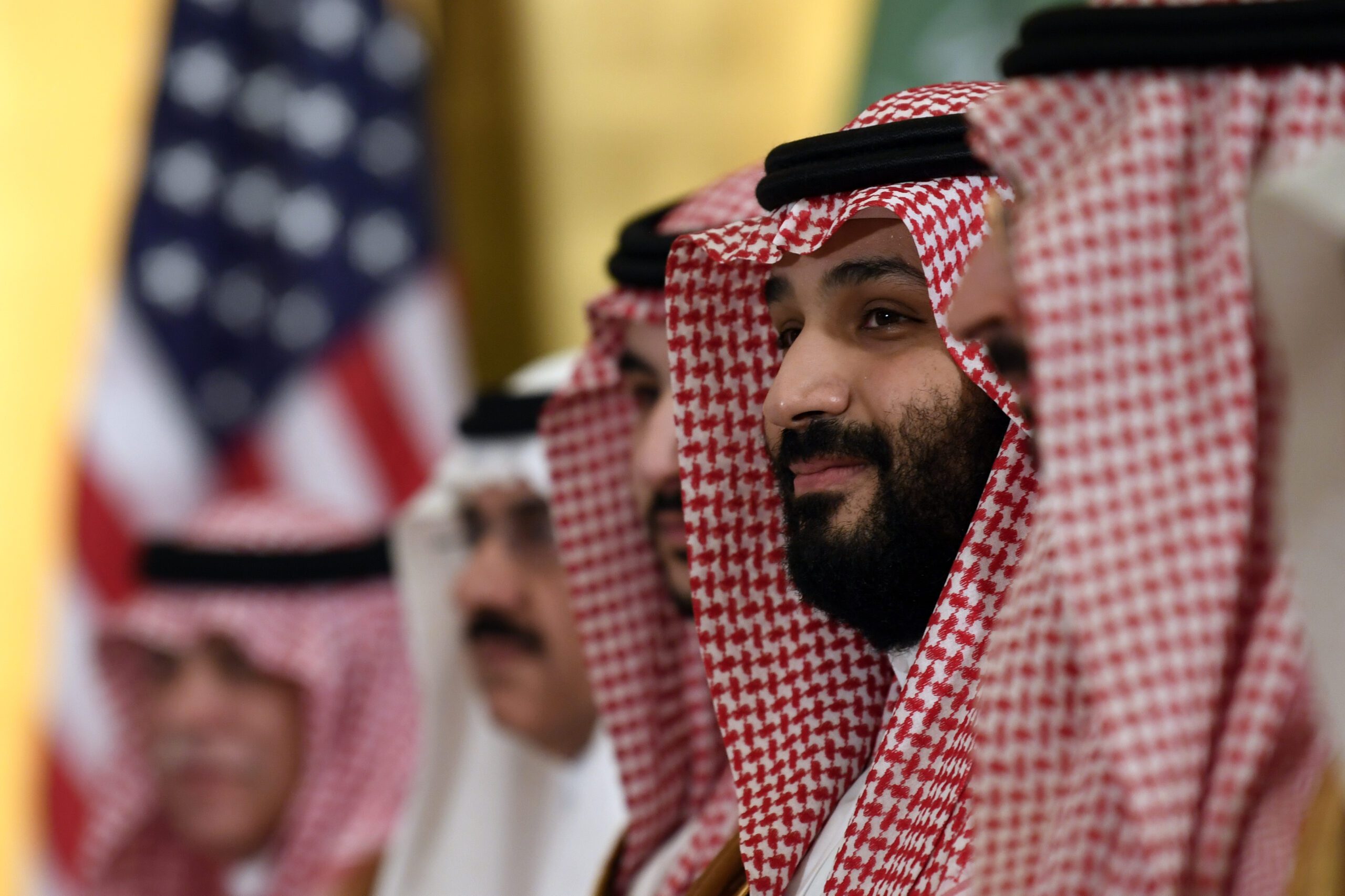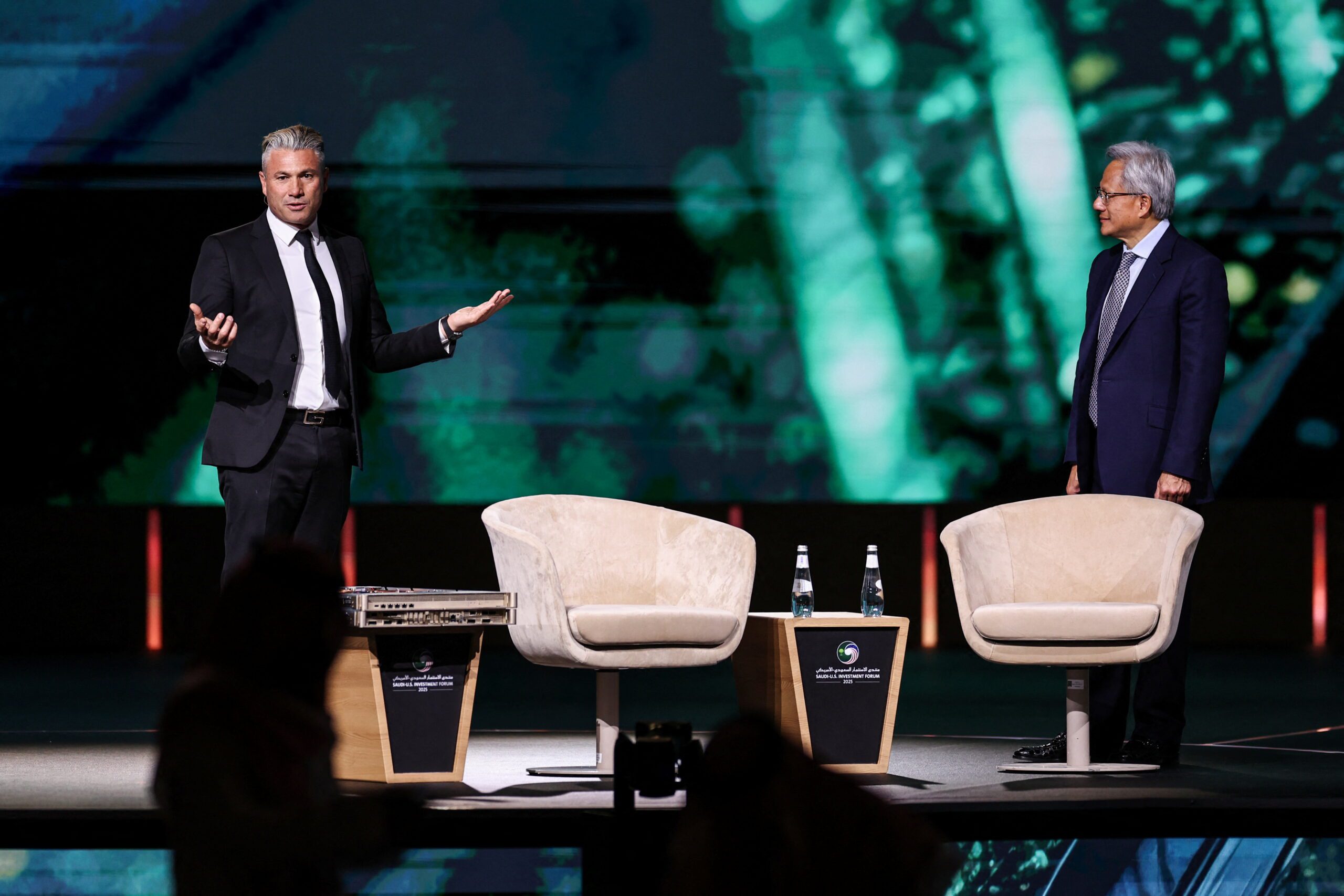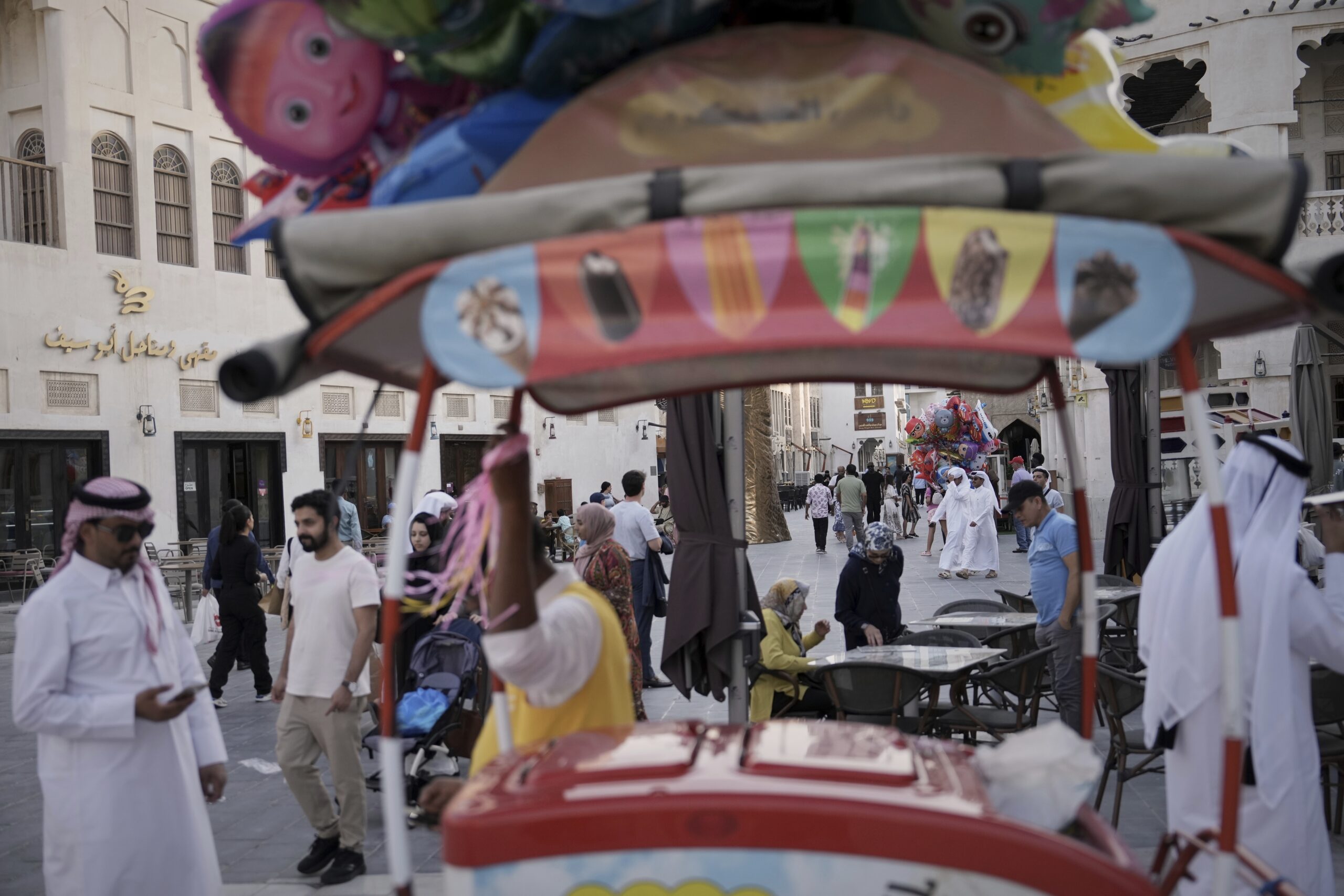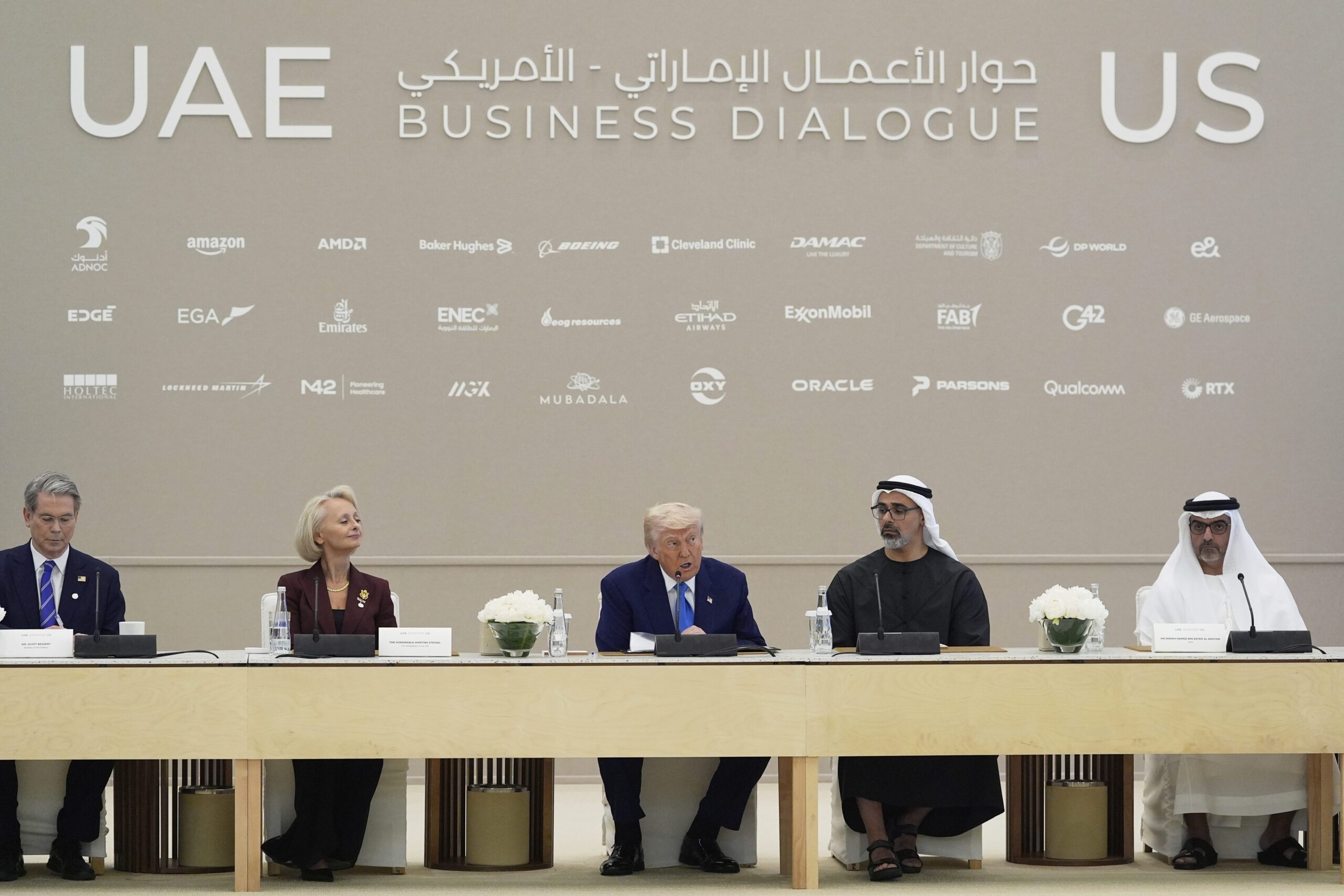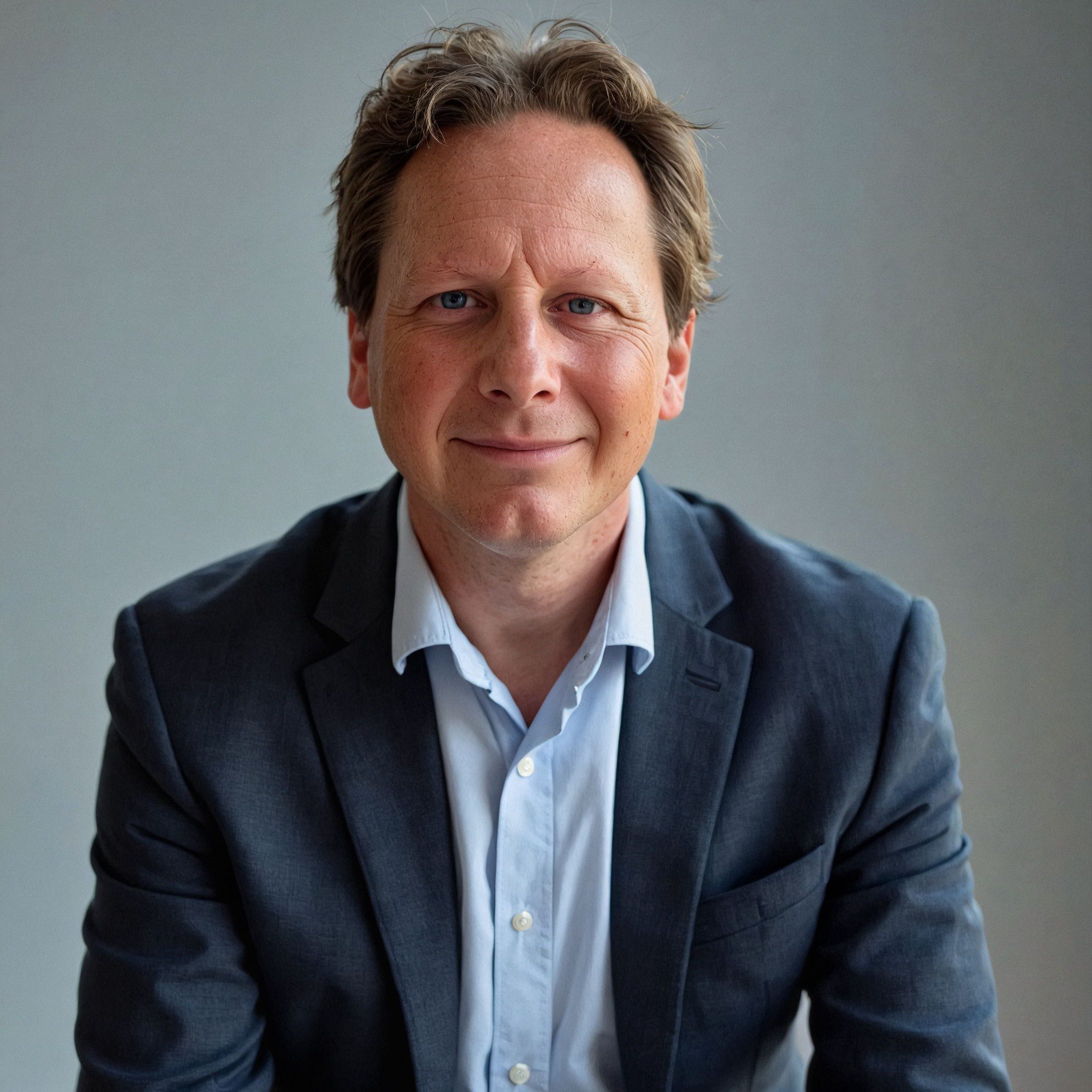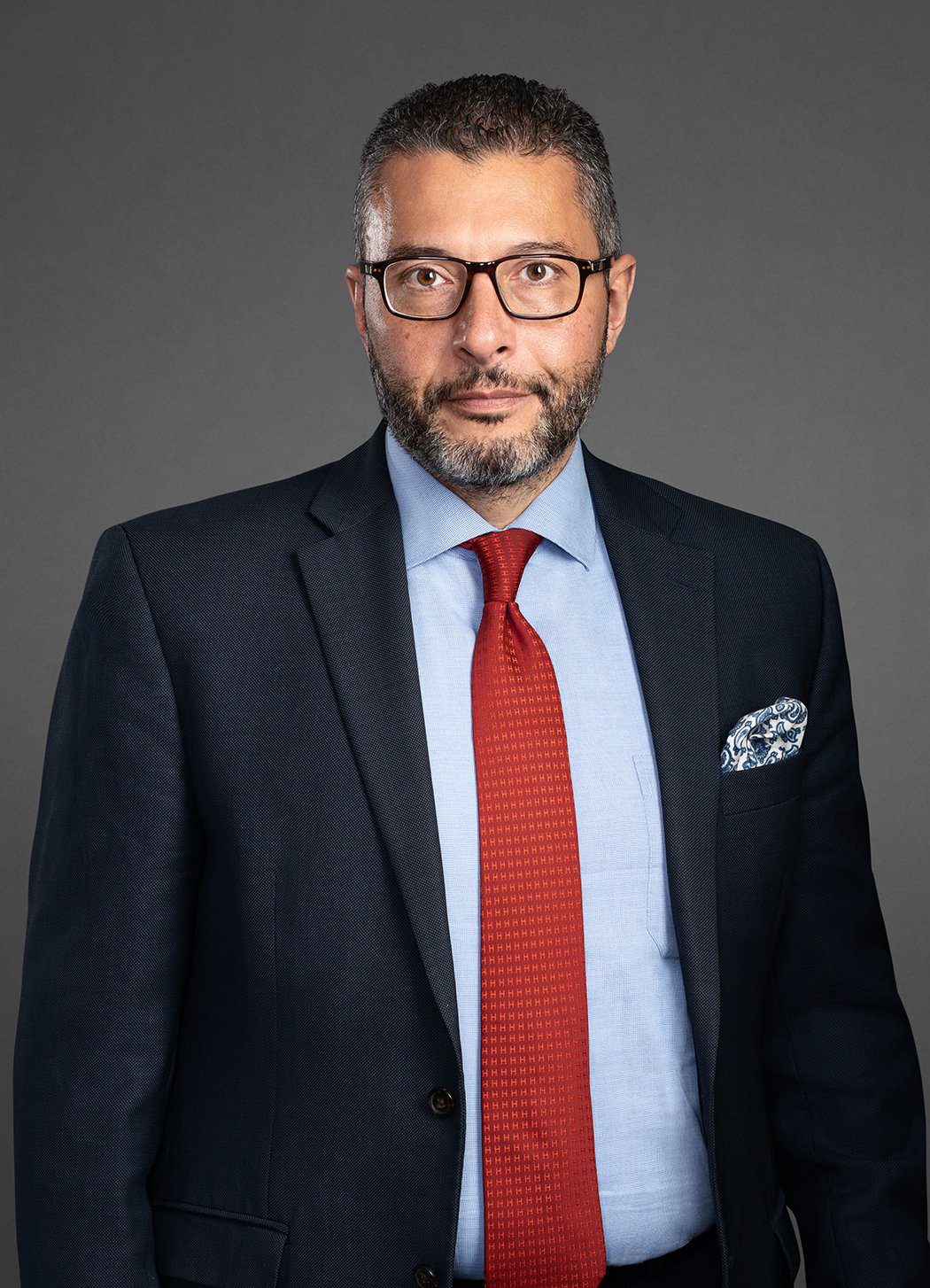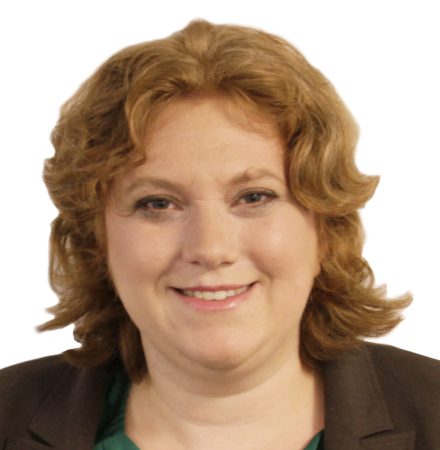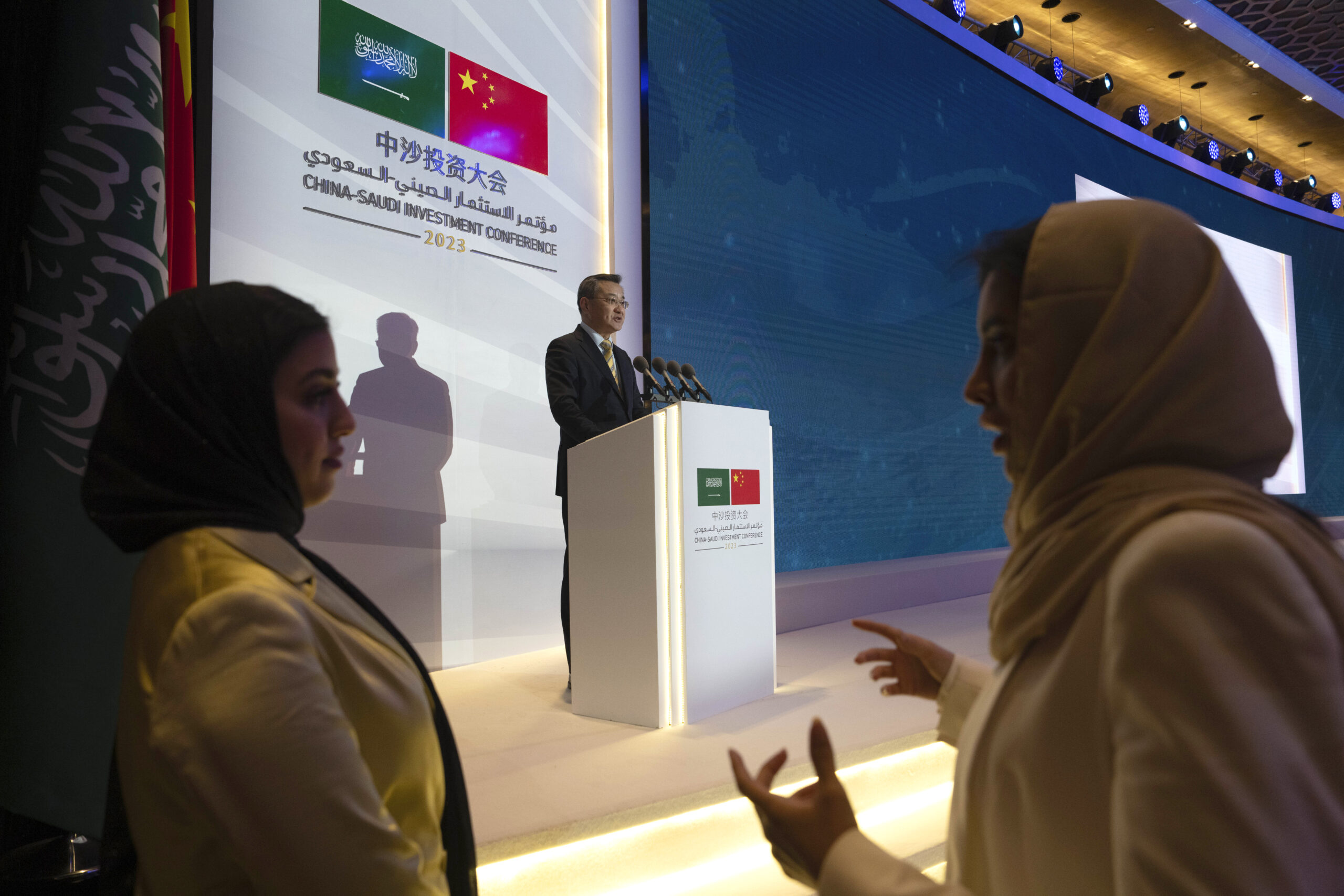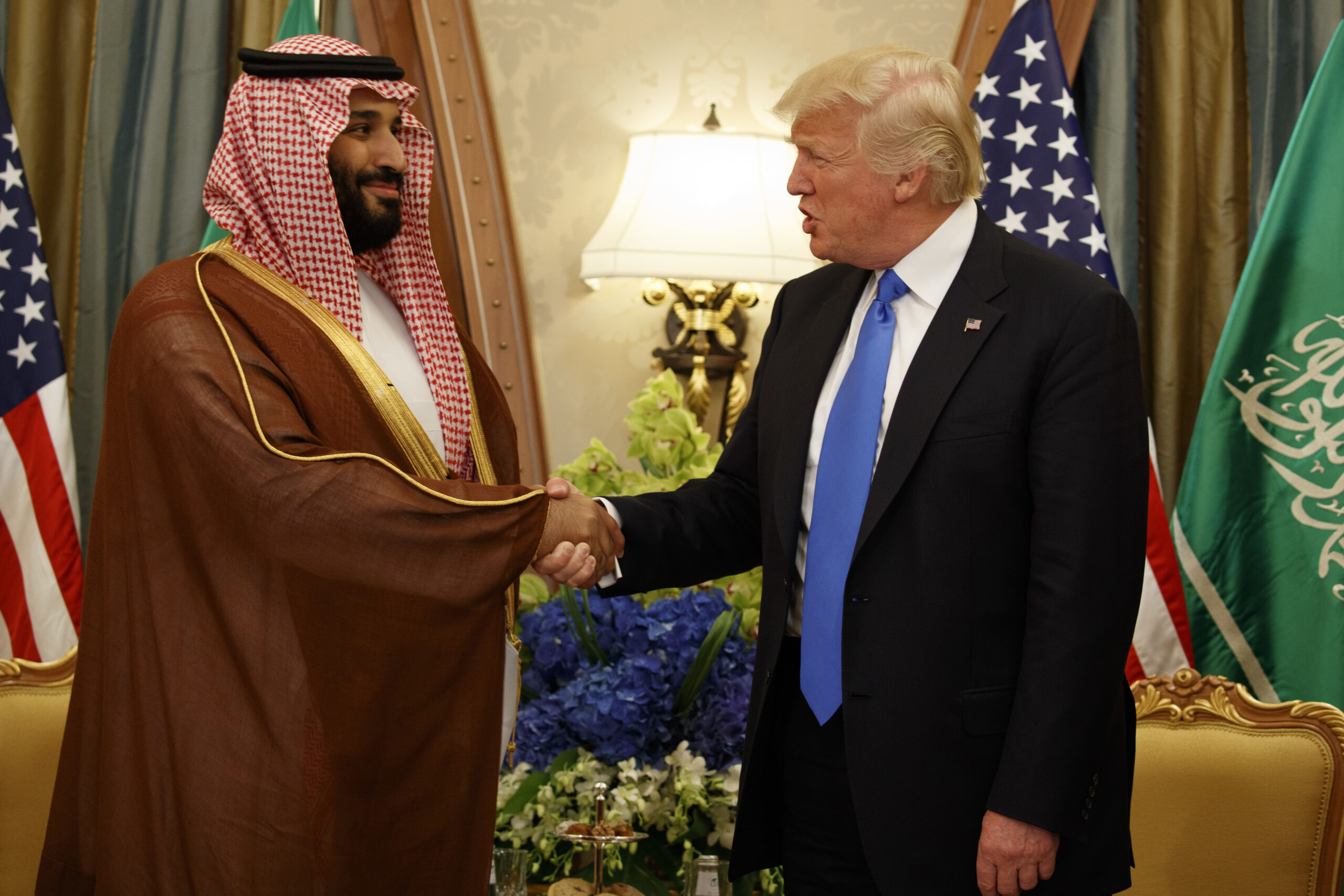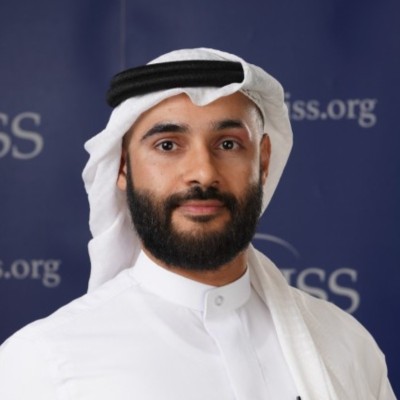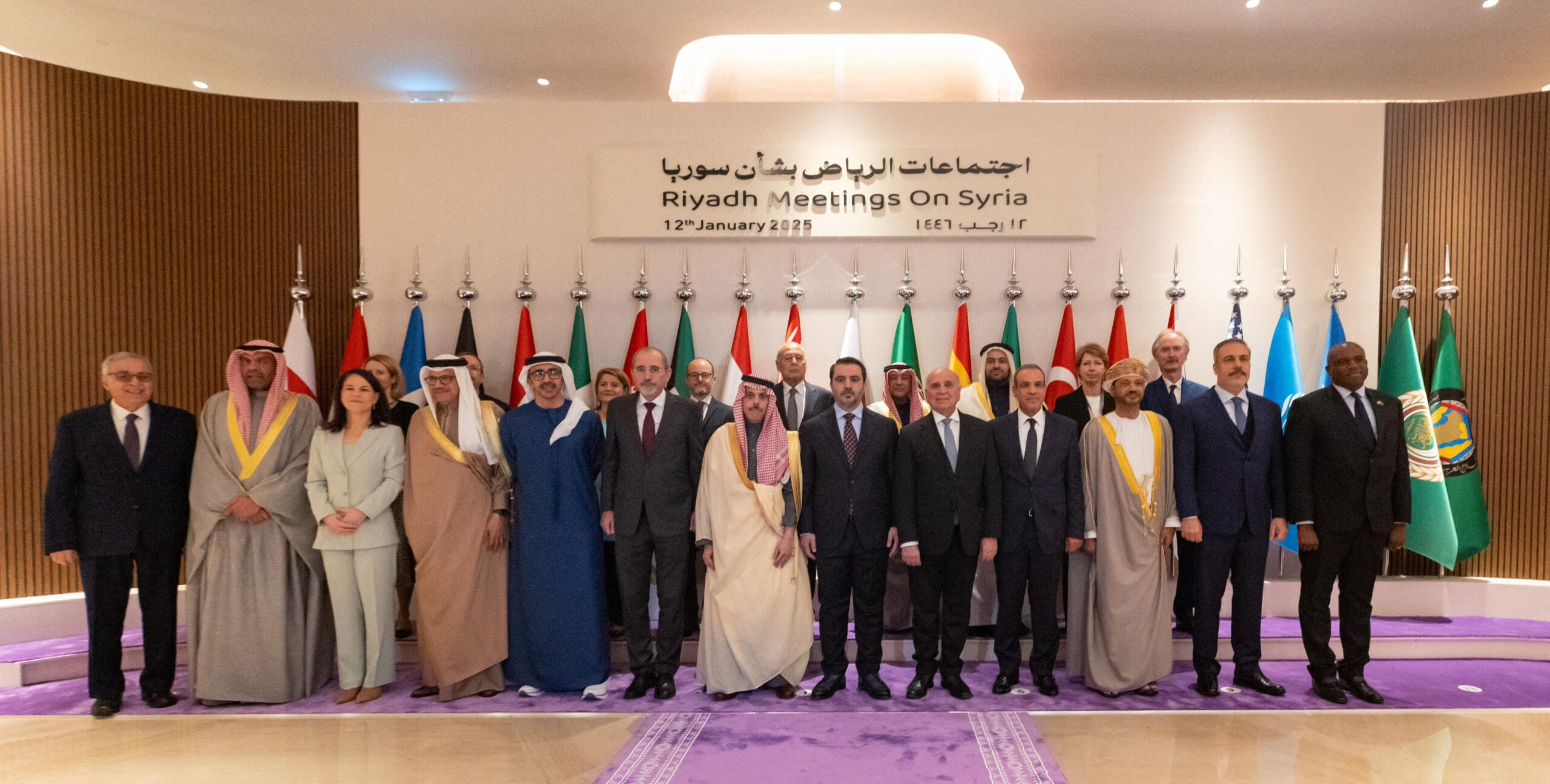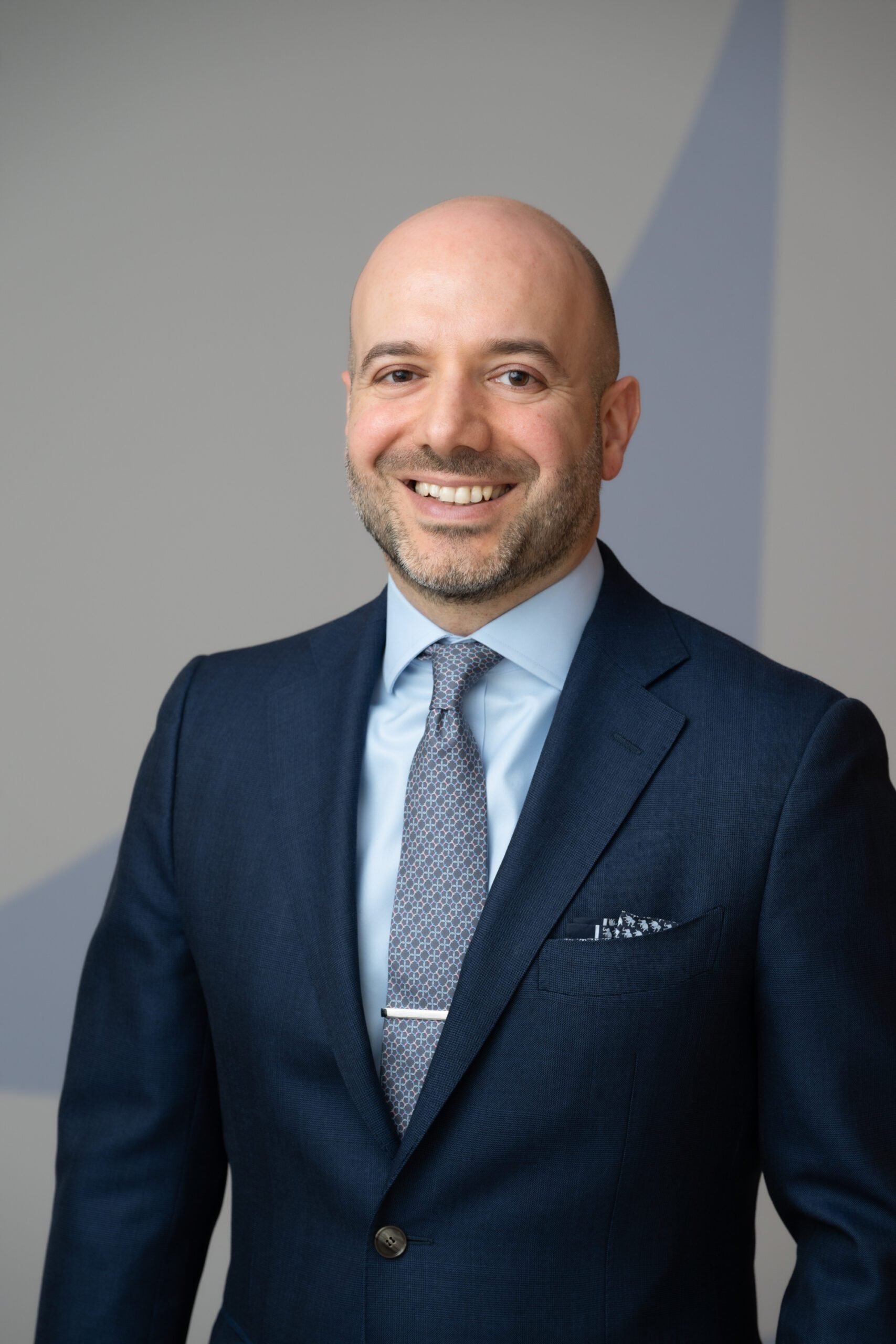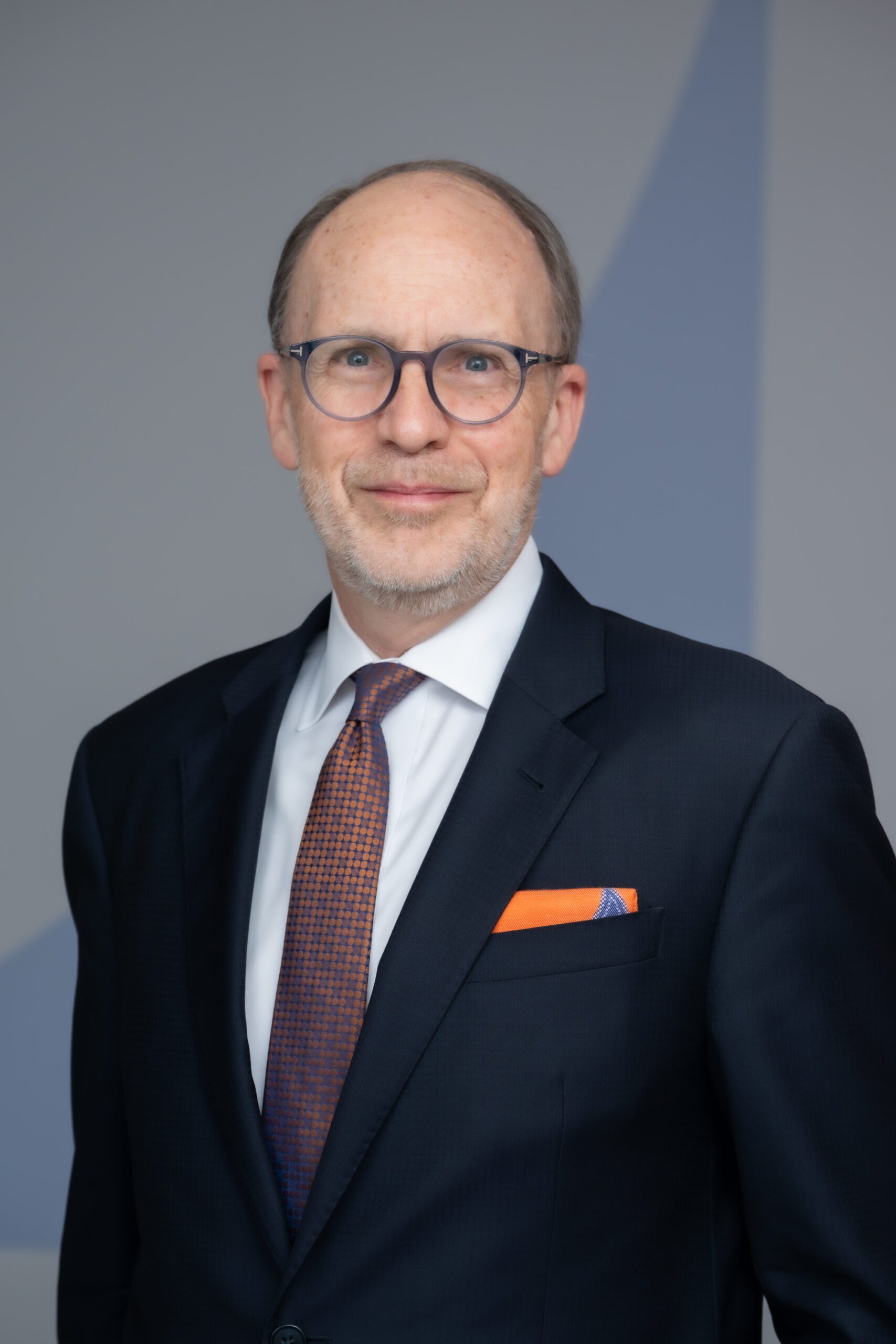The UAE Adapts to Changes in the Global Trading System
Participation in new country groupings offers the UAE additional avenues to navigate reconfigurations in global trade and reinforce economic partnerships.
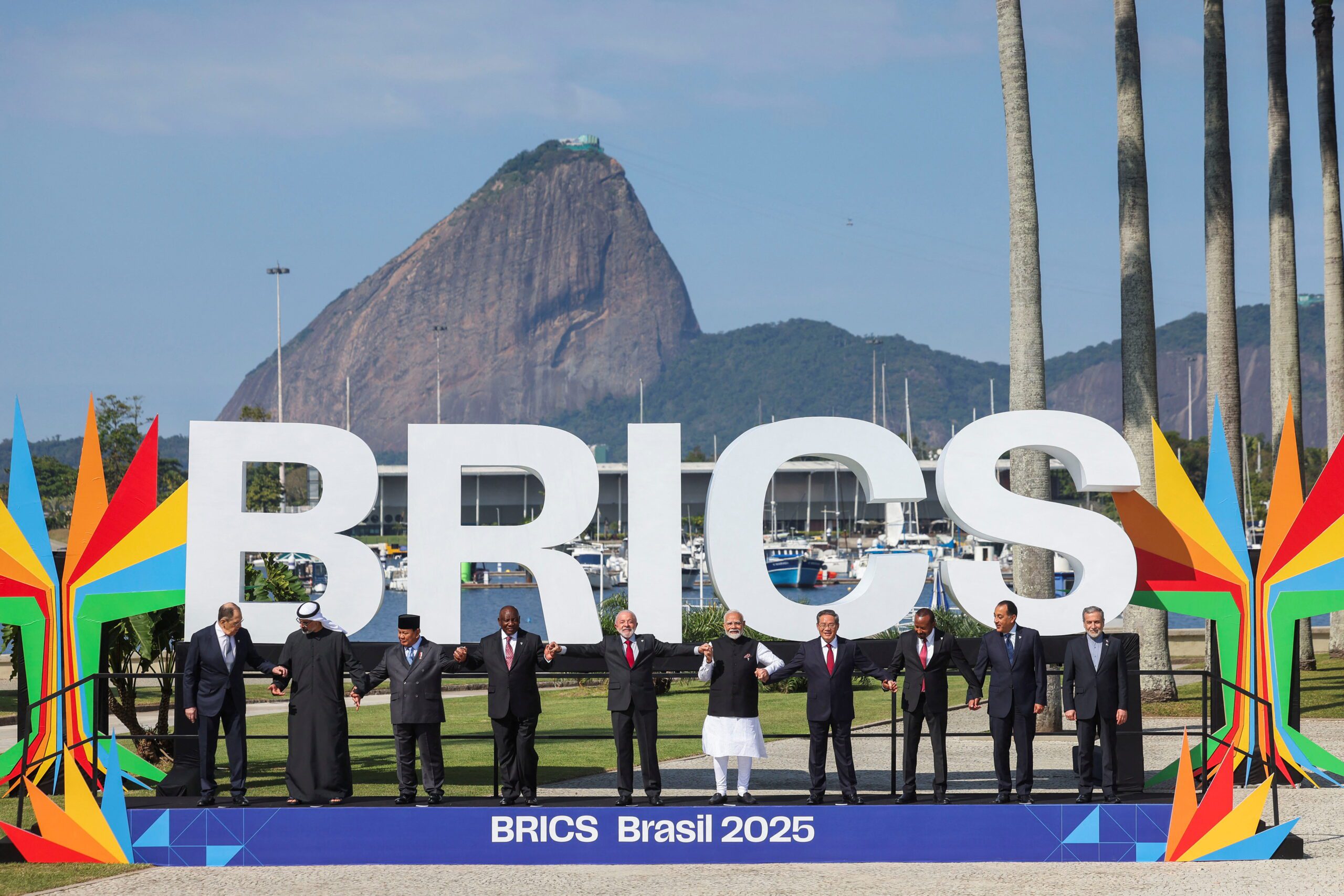
In mid-September, the United Arab Emirates announced a joint declaration with New Zealand, Singapore, and Switzerland establishing a new economic coalition of countries: the Future of Investment and Trade Partnership. The partnership currently includes 14 countries and exhibits a strong focus on open and fair trade, among other issues related to inclusive growth and foreign direct investment flows. “We are a group of small and medium-sized, trade-dependent nations determined to take a proactive approach to opening markets, attracting investment, and removing barriers,” explained New Zealand Trade and Investment Minister Todd McClay.
This new economic partnership with the UAE as a founding member emerges at a moment of significant macroeconomic uncertainty on the world stage. The president of the Council on Foreign Relations, Michael Froman, wrote bluntly in a recent article for Foreign Affairs that “the global trading system as we have known it is dead.” He suggested that the best option ahead involves coalitions of like-minded countries constituting “a network of open plurilateral relationships.” The Future of Investment and Trade Partnership is a piece of this picture.
With negotiations over the partnership beginning approximately one year ago, the economic and foreign policies of the second administration of President Donald J. Trump are not necessarily the primary drivers behind the partnership’s creation. Indeed, the UAE has pursued several creative and proactive approaches to diversify its economic relations over recent years. But the Trump administration’s unprecedented use of tariffs, approach to past trade agreements (two Gulf countries – Oman and Bahrain – technically have free trade agreements with the United States but still face baseline tariff exposure), and critical view of the World Trade Organization likely accelerated the initiative.
A Regional Leader in Trade
The UAE, which is the only country in the partnership other than Morocco from the Middle East and North Africa region, is well positioned to not only navigate changes in the global trading system but also seize new opportunities. A trading powerhouse, the UAE reported $1.4 trillion in total foreign trade in 2024. The Jebel Ali free zone in Dubai, which celebrates its 40th anniversary this year, registered $190 billion in trade volume during the year leading up to May, reflecting a 15% year-on-year increase. Dozens of other well-known and professional free zones in the country facilitate trade and investment flows across various sectors.
The UAE punches above its weight on trade. Neighboring Saudi Arabia possesses a larger economy and ambitious plans to become a global trade hub. However, the value of Saudi Arabia’s merchandise trade registered $537 billion ($305 billion in exports and $232 billion in imports) in 2024, whereas that of the UAE reached an estimated $1.14 trillion ($603 billion in exports and $539 billion in imports), according to World Trade Organization report figures. The UAE’s exports are more diversified than those of other Gulf Cooperation Council states, too. Reexports – especially from China – play an important role (exceeding 25% in recent years) in the UAE’s total foreign trade.
The UAE remains a key regional trade partner for the United States. Since 2009, the UAE has served as the top export destination for U.S. goods in the Middle East and North Africa, but the country’s limited export exposure to the United States reduces tariff-related vulnerabilities. Total bilateral trade between the UAE and United States reached $34.4 billion in 2024, with $26.9 billion in U.S. exports constituting the lion’s share of trade flows. This has helped the Emirati government shrug off any impact of new tariffs and focus on the investment and geoeconomic – especially technology-oriented – dimensions of its relations with the United States.
For its part, the UAE – like other GCC countries – has relatively low and consistent tariffs. A high degree of continuity and consistency in political leadership and policymaking means that regulations and trade and investment policies are unlikely to shift abruptly, making the UAE an attractive member of country groupings, such as the Future of Investment and Trade Partnership.
Preexisting Conditions
Compared to other GCC states, the UAE has adopted a more explicit, strategic approach toward enhancing bilateral economic relations across the globe. The implementation of comprehensive economic partnership agreements, which have been described as a way to “reclaim sovereignty” over trade relationships, has played a crucial role in this process. The Future of Investment and Trade Partnership even builds upon these linkages: The UAE and New Zealand signed a comprehensive economic partnership agreement in January, and the agreement came into effect in August.
The UAE is also a party to free trade agreements negotiated at the GCC level. In theory, this association offers additional layers of economic integration with key global markets. South Korea and the GCC signed a free trade agreement in late 2023. And the GCC is currently negotiating other free trade agreements with the United Kingdom, Japan, Turkey, and Malaysia.
But GCC-focused trade negotiations do not always keep up with the fast pace of developments in the global trading system. A joint council and ministerial meeting in October between the GCC and European Union indicated – rather unambitiously – a desire to explore the resumption of long-stalled free trade agreement negotiations. Similarly, negotiations over a GCC-China free trade agreement have been ongoing for over two decades.
The UAE seems keen to deepen engagement with blocs of countries – or minilaterals – that do not necessarily include China or the United States, especially given the sensitivities around strategic competition between the two powers. Of course, the UAE will continue to extract value out of its involvement in established country groupings, including BRICS and the Shanghai Cooperation Organization. The crown prince of Abu Dhabi led a UAE delegation to the 17th BRICS summit in Brazil over the summer.
But there is a sense that some luster has come off those established groupings with the baggage of strong ties to China or Russia. Saudi Arabia has not accepted the invitation to join BRICS that was extended in early 2024. Under the new and emerging conditions of the global trading system, new coalitions of countries offer significant appeal.
Capitalizing Change
The UAE may seize new opportunities beyond the global flows of goods and services. Reconfigurations to immigration flows, especially concerning high-skilled professionals, offer similar opportunities to those posed by changes to the global trading system. For example, Emirati commentator Sultan Al Qassemi described the Trump administration’s approach to H-1B visas as a “golden opportunity” to attract highly skilled professionals to the Gulf’s tech and artificial intelligence sector.
The UAE has long capitalized on disruption – whether from regional conflicts or global shocks. While UAE officials ultimately want freer trade, the UAE can manage newfound constraints and is well positioned to generate new opportunities amid flux in the global trading system.
The views represented herein are the author's or speaker's own and do not necessarily reflect the views of AGSI, its staff, or its board of directors.
